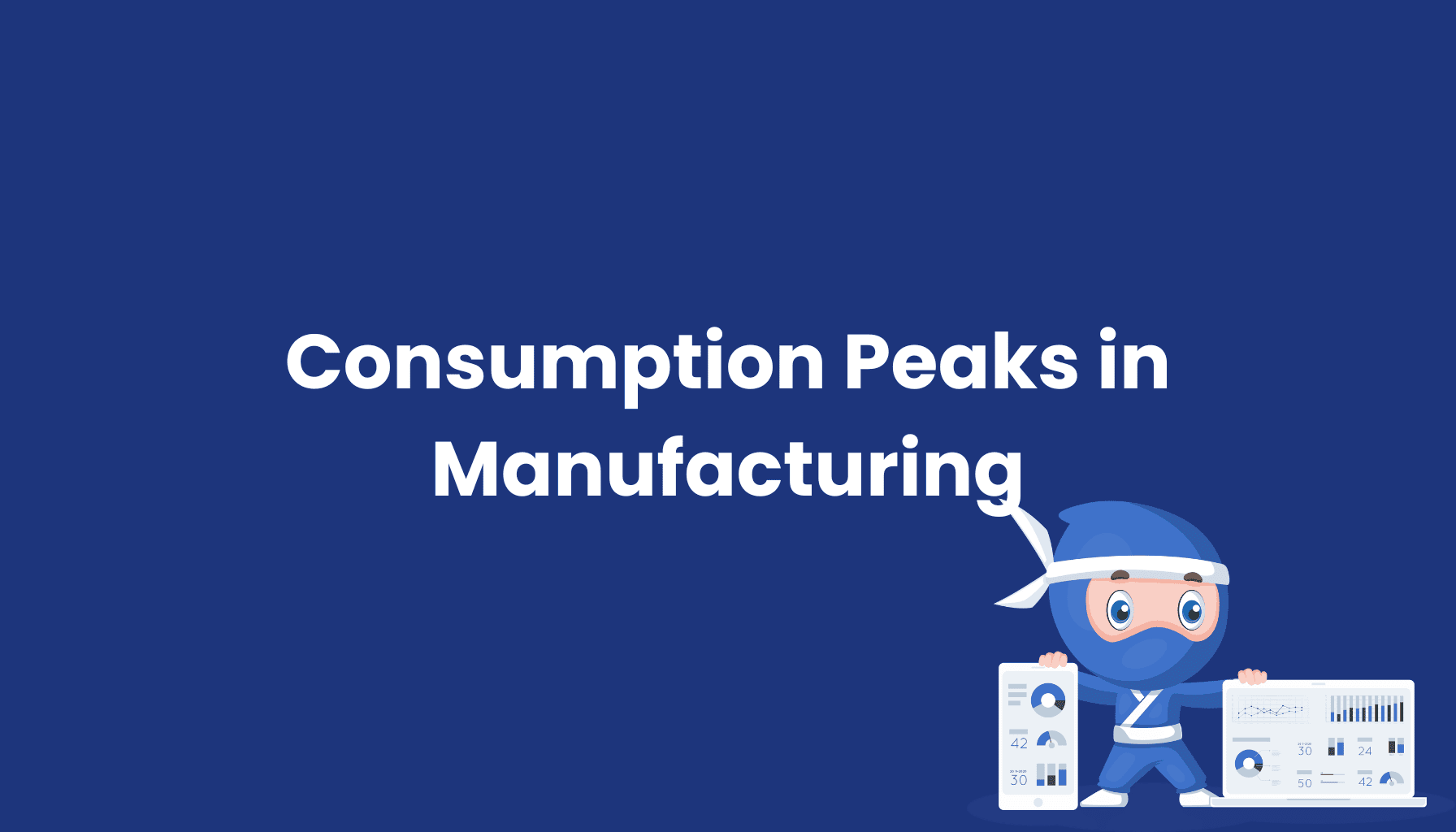Consumption Peaks in Manufacturing

What Are Consumption Peaks in Manufacturing?
Consumption peaks refer to temporary maximum energy usage levels in manufacturing operations. They often occur due to the simultaneous operation of energy-intensive equipment or inefficient load distribution. Analyzing and minimizing these peaks is essential for improving energy efficiency and reducing costs.
Analytical Foundations
Key Analysis Components:
- Systematic Load Monitoring: Capturing energy consumption patterns over defined periods.
- Peak Load Identification: Pinpointing timeframes with maximum energy demand.
- Temporal Correlation Analysis: Examining relationships between peak loads and production activities.
- Consumption Pattern Recognition: Detecting recurring load trends.
- Cost Impact Assessment: Evaluating the financial implications of peak consumption.
Implementation Framework
Optimization Strategies:
- Precise Measurement Tools: Real-time energy monitoring systems.
- Load Profiling: Developing detailed energy usage profiles.
- Critical Pattern Identification: Isolating energy-intensive processes causing peaks.
- Control Strategies: Implementing load-balancing mechanisms to distribute energy demand effectively.
- Continuous Performance Monitoring: Using advanced metrics to track improvements.
Technological Integration
Advanced Management Systems:
- Real-Time Load Monitoring: Immediate detection of consumption peaks.
- Predictive Peak Detection: Forecasting high-demand periods using AI.
- Automated Load Distribution: Redistributing energy demands to minimize spikes.
- AI-Based Optimization: Utilizing machine learning to enhance energy usage efficiency.
- Cloud-Based Analytics: Centralized platforms for comprehensive data analysis.
Performance Metrics
Key Indicators:
- Peak-to-Average Power Ratio: Measures energy demand fluctuations.
- Load Duration Curves: Visualizes energy usage over time.
- Cost Per Peak Load Unit: Quantifies the financial impact of peak usage.
- Peak Reduction Efficiency: Tracks improvements in lowering peak demand.
- Energy Cost Savings: Highlights reductions in overall energy expenses.
By systematically addressing consumption peaks, manufacturing systems can achieve significant cost savings, reduce environmental impact, and enhance operational efficiency.





